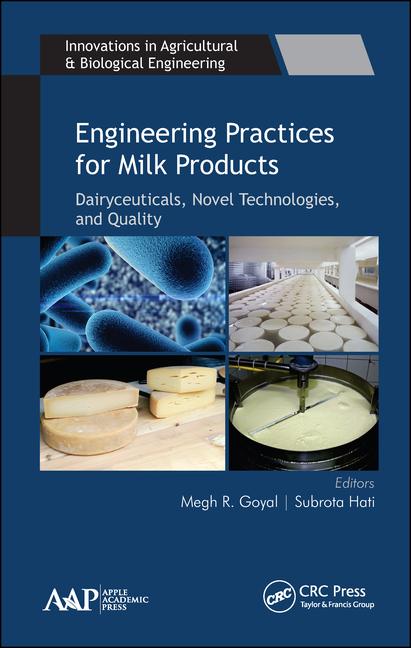Significant boost for hygienic design
New GFSI benchmarking requirements underline necessity for hygienic design.

With the 2020 publication of two new hygienic design benchmarking requirements, the Global Food Safety Initiative (GFSI) paves the way to incorporate hygienic design in food safety management programs, according to 3-A Sanitary Standards Inc. (3-A SSI) and the European Hygienic Engineering and Design Group (EHEDG). What practical implications can be expected for food processing companies and their equipment suppliers?
“GFSI deserves much acclaim for taking this important step forward,” said Rick Heiman, board member of McLean, Va.-based 3-A SSI, and Patrick Wouters, vice president of EHEDG, Naarden, the Netherlands. “The new GFSI hygienic design benchmarking requirements demonstrate that hygienic design plays a pivotal role in safeguarding food safety, food quality and productivity across the food supply chain.”
The new GFSI benchmarking requirements for the Hygienic Design of Food Buildings and Processing Equipment are published in two scopes: JI for building constructors and equipment manufacturers, and scope JII for building and equipment users, the organizations said.
“JI and JII address both food processing companies and food equipment providers, thus contributing to a better communication between end-users and developers of food processing sites and equipment,” Heiman said.
Wouters noted that hygienic design guidelines have been widely adopted and applied by food processing companies and their equipment suppliers in recent years, contributing to improved cleanability of food processing lines and environments.
“But not all food industry stakeholders are sufficiently aware of the necessity of hygienic design yet,” he said. “Since the GFSI benchmarking process has been adopted by the global food industry, these new benchmarking requirements are bound to change how hygienic design is integrated in food safety management systems. Consequently, hygienic design will assume a central role in food equipment development processes. We also expect this to have a harmonizing effect on certification systems, since these new hygienic design benchmarking requirements set a clear and unified baseline for all standards.”
EHEDG and 3A-SSI said they will continue to assist food industry stakeholders and help them understand how to comply to all requirements with regard to the hygienic engineering and design, fabrication, installation, maintenance and cleanability of facilities and food process equipment. For more information, please see the position paper 3-A SSI and EHEDG published on this topic.
Looking for a reprint of this article?
From high-res PDFs to custom plaques, order your copy today!








